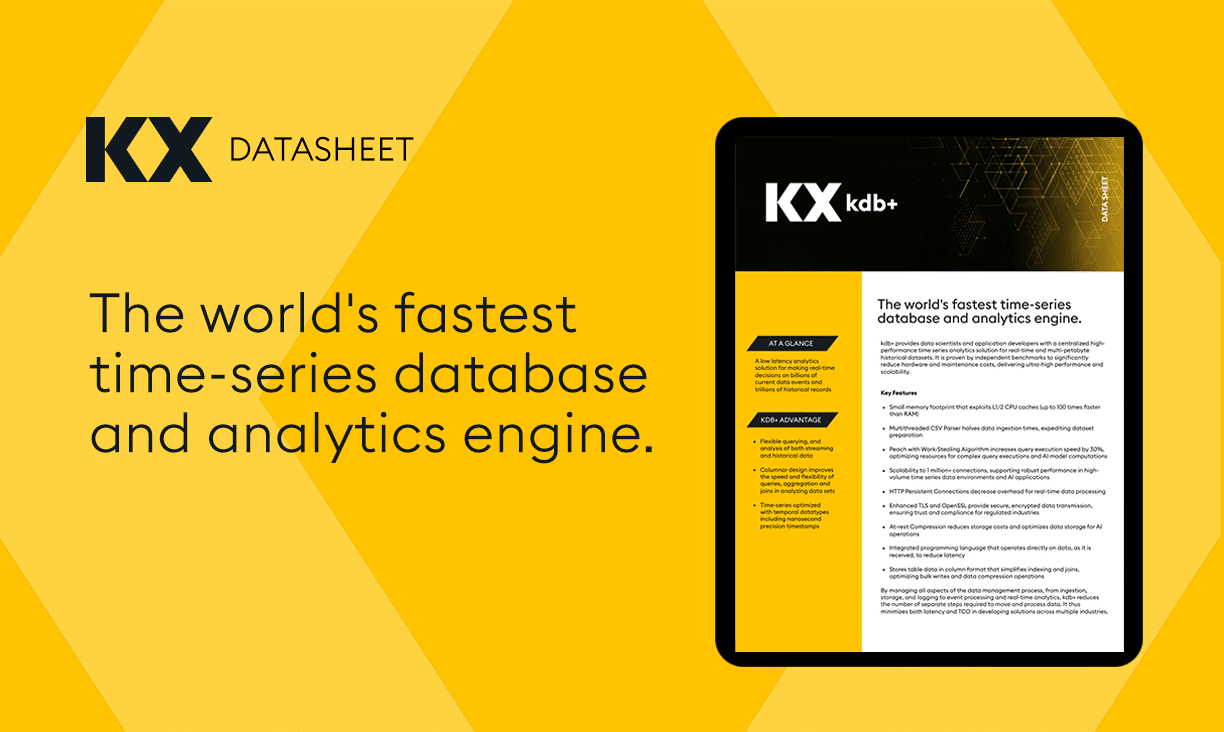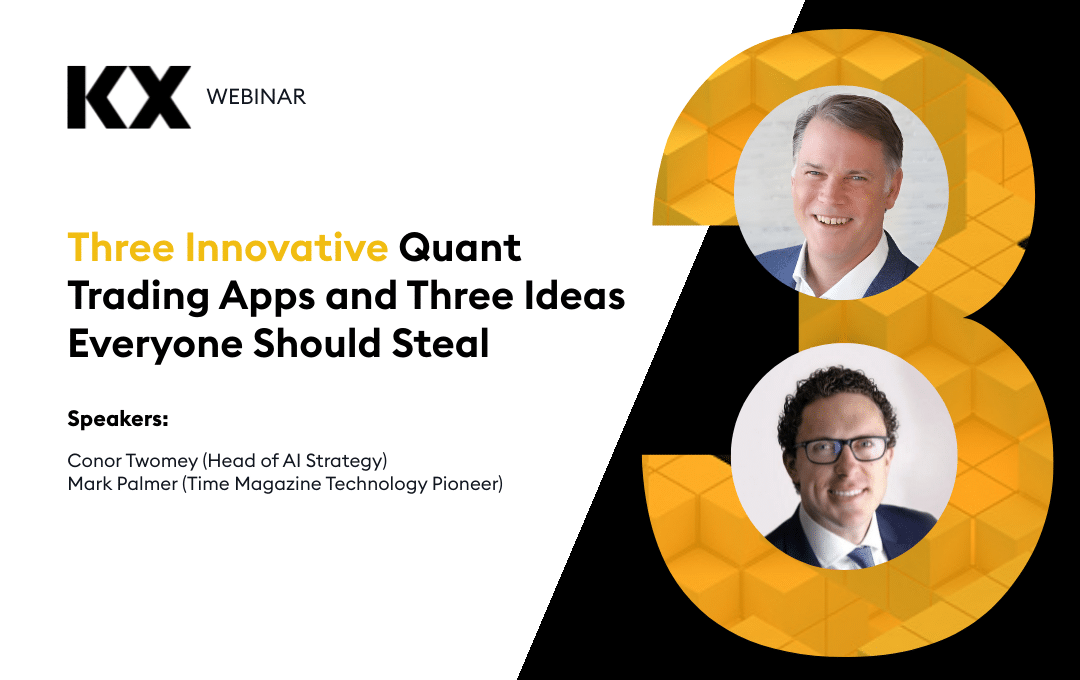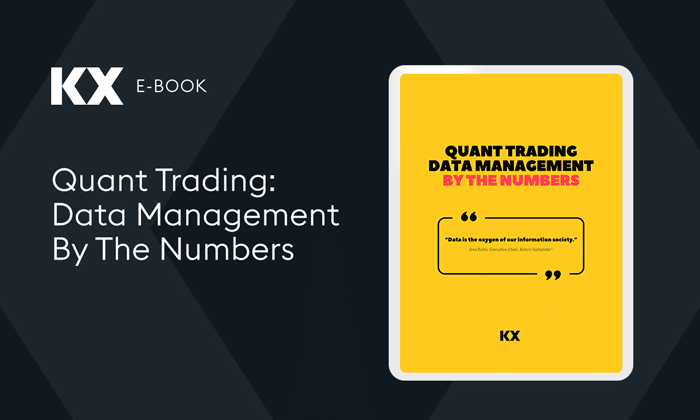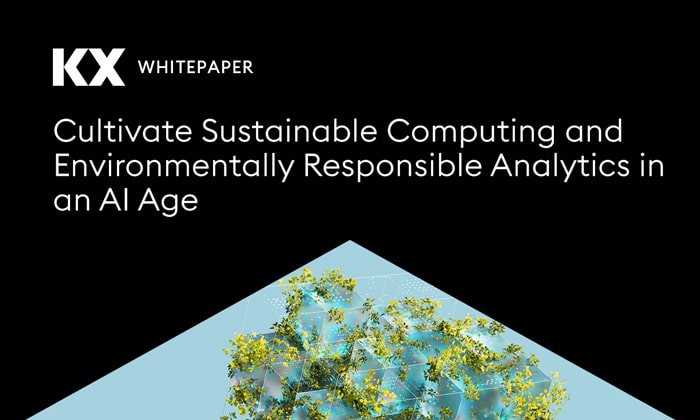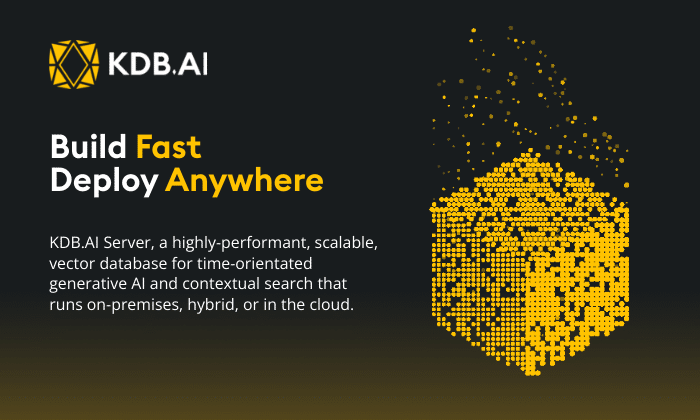By Bill Pierson
The future of the semiconductor industry is looking bright judging by the breadth of new developments, initiatives and innovations on display at SEMICON West in San Francisco this July. Industry leading companies presented the latest technical and business insights into today’s opportunities and challenges, particularly in the areas of smart manufacturing and artificial intelligence.
Our key takeaways were:
- Semiconductor industry growth will continue to hold strong. Optimistic projections for 2018 are that it will reach $500 billion this year with David Anderson, president of SEMI America, challenging the industry to grow it to a one trillion market.
- The automotive and IoT market has generated a resurgence in demand for 200mm fab capacity – fueling the current capacity crunch.
- China is single handedly leading fab investments this coming year, with 15 planned fab projects – more than the remainder of the world combined. With their investment ramping up across many components of the semiconductor supply chain, China is becoming the industry powerhouse. For example, China’s capex forecast in 2018 is estimated to be larger than that of Europe’s and Japan’s combined.
- The memory market is hot; especially in Korea, which has the largest capex in this area. The increased growth of VNAND, the emergence of 3D XPoint memory technology and of other newer types of memory, are contributing to expansion in the memory sector.
Inevitably the levels of growth predicted above will bring a corresponding explosion of data. According to industry calculations, data rates are increasing twofold every 12-18 months, a point noted by IBM keynote speaker Dr. John E. Kelly III. Some commentators have begun coining phrases like ‘Big Data Law’ or ‘4th exponential’, similar to terms like Moore’s Law, Metcalfe’s Law and Watson’s Law to describe exponential levels of growth in technology. Irrespective of their naming, the increasing data volumes are driving industry player to find new ways to gain actionable insights it may contain
As the industry develops, we are moving past the early stages of the data economy – from a focus on collecting and using data for single tool solutions toward a focus on more powerful and scalable technologies that unify data needs and applications to solve complex processes. The adoption of these technologies is varied – as some companies strive for innovation and best of class software, others will continue to use outdated legacy systems with specific add-ons which can achieve specific tasks but also limit the provision of flexibility and innovation in the product life cycle. This industry has long been recognized as slow moving, therefore how quickly companies prepare in light of the ‘Big Data Law’ or the ‘4th exponential’ will likely become a critical factor in this competitive industry.
Semiconductor companies are increasingly realizing the untapped potential that aggregated data from various tools can provide in today’s competitive landscape. As Tom Ho, BISTel America president recently said to SEMI, the global industry association serving the manufacturing supply chain for the electronics industry, “We are now seeing that engineers are greedy for more data – if they can get the data, it’s becoming a need-to-have. Getting more data from more sensors, from the sensors on the tool that are not being fully utilized, and from untapped data sources like vibration, is another big coming opportunity.”
For example in this year’s show, utilization of subfab data commanded its own Smart Manufacturing Pavilion session. By adding a software layer onto their existing data feeding layer, companies are able to incorporate value added services and unearth a host of new capabilities, such as monitoring or predicting performance. This data-to-action potential requires tools and technology with powerful data ingestion and analytics beyond the scope of traditional solutions.
In addition, there was another Smart Manufacturing Pavilion session on data collection and digital simulation. Particular commentary was made regarding the supply of data for the Digital Twin methodology. A Digital Twin is simply utilizing simulation data to make better decisions for the fab. However, whilst the concept is simple, this process is incredibly complex, incorporating huge volumes of data which cannot be easily accessed as they are distributed across organizational silos. Technologies capable of aggregating and processing such vast volumes of data are required.
The industry is increasingly realizing Smart Manufacturing by becoming more successful at adding sensors to tools and collecting volumes upon volumes of data – but one of the many issues that centralizing this data raises is data governance. This point was emphasized by Rudolph Technologies’ CEO Mike Plisinski when he commented that there is a “…fundamental [industry wide] disdain for letting the data out of a factory”. SEMI would like to guide this process through the development of standards, however individual companies have their unique concerns and requirements. It will be interesting to watch how the industry mindset evolves to adapt to Smart Manufacturing practices.
This tremendous growth of data and the drive for innovation is perfectly timed for the explosion in AI which depends on data as its fuel. As David Anderson said during the keynote presentations… “AI is the new oil in the semiconductor industry,” a thought echoed by IBM’s John Kelly who said that the semiconductor industry has entered the era of artificial intelligence. And, as with first strikes of oil, the real value in data is achieved only when it is refined and processed.
For more information on how we can help you with your big data needs please visit us at kx.com.
